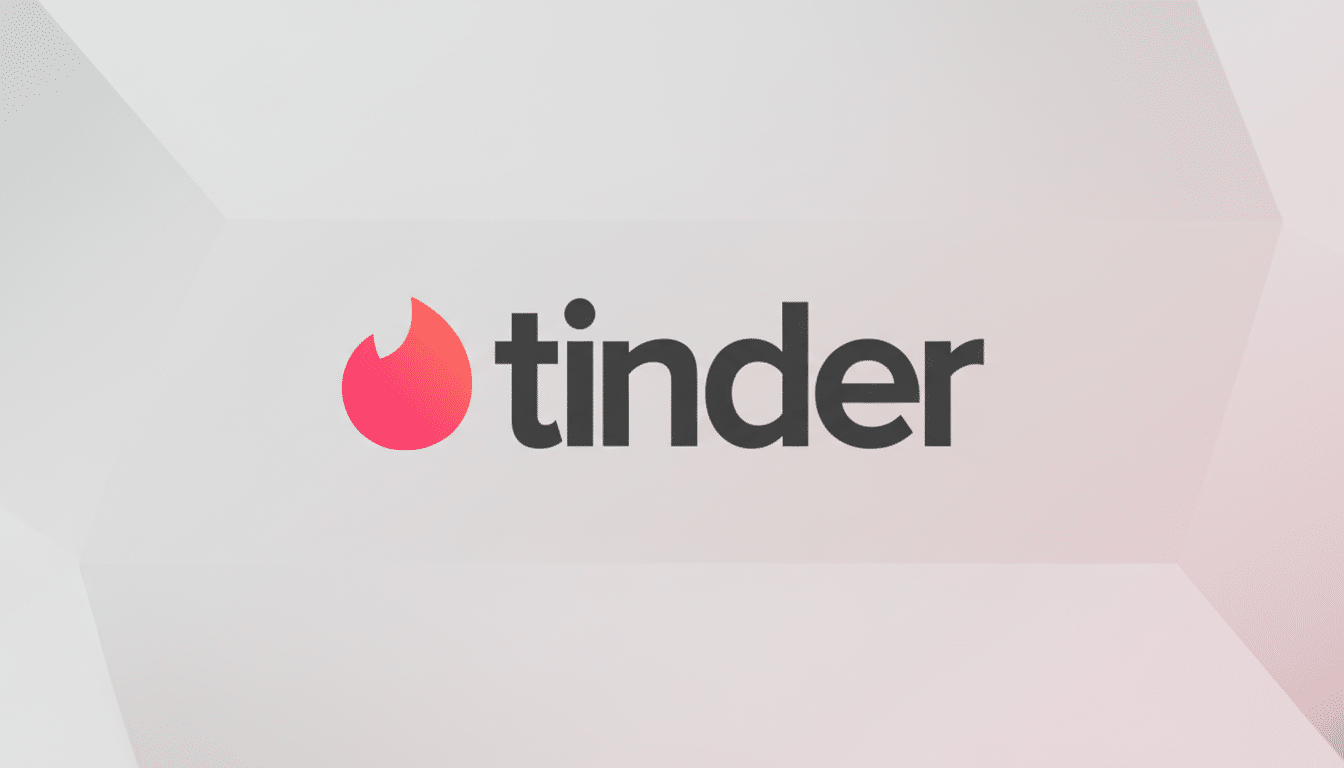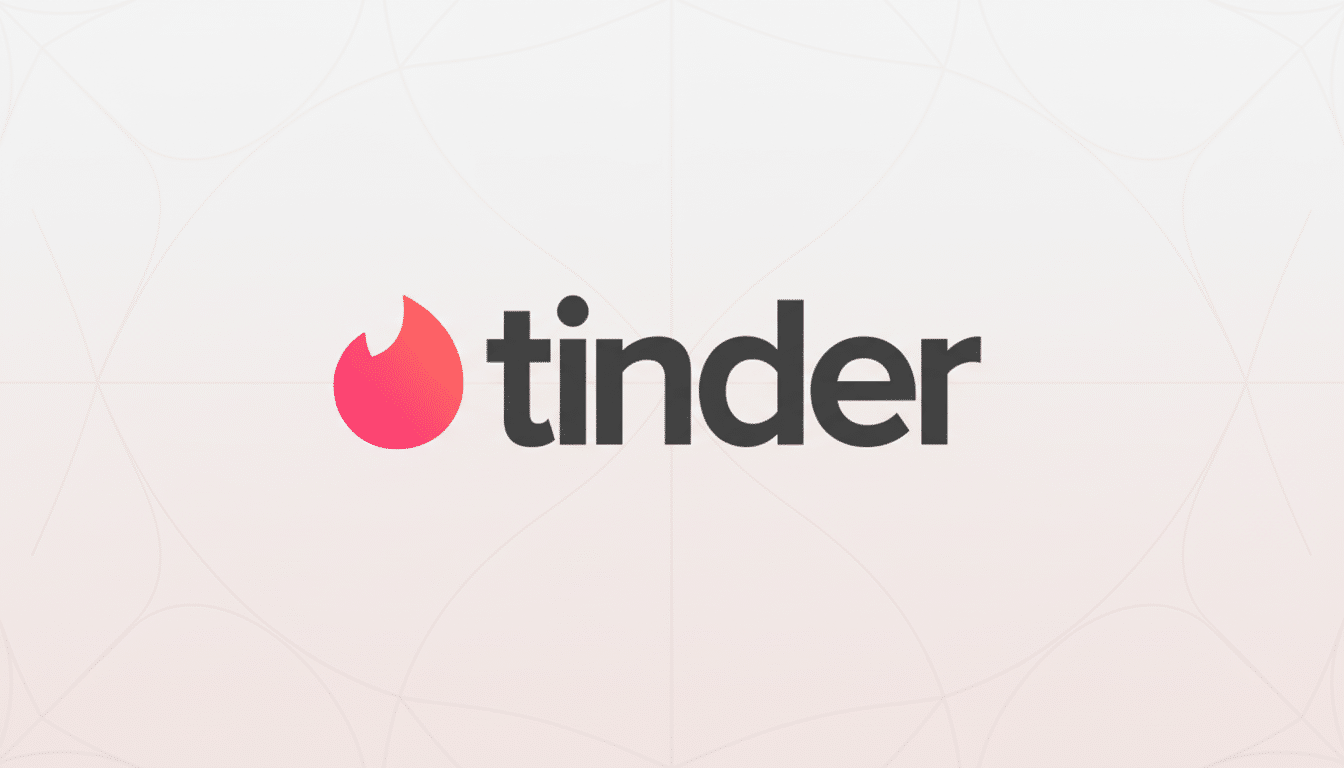The paid tiers of Tinder are changing, and the quiet addition of weekly pricing is the biggest update. For swipers trying to decide whether to pony up for Plus, Gold, Platinum, or even the ultra-premium Select, knowing what you’re really getting (or not) — and what it will cost you — has never been more crucial.
How Tinder’s subscription prices now include weekly options
Average retail pricing (in US dollars) throughout the month is roughly $24.99 for Plus, $39.99 for Gold, and $49.99 for Platinum. Choosing six months brings the effective monthly price down to around $16.66 for Plus, $23.33 for Gold, and $29.99 for Platinum. Tinder has also added weekly option packages — roughly $12.99 for Plus, $18.99 for Gold, and $24.99 for Platinum — geared toward spurts of activity, though they are the least cost-effective in the long run.
- How Tinder’s subscription prices now include weekly options
- What each Tinder plan includes at every subscription tier
- How Tinder’s ultra-premium Select membership works
- Dynamic pricing on Tinder and why subscription prices fluctuate
- Choosing the Tinder subscription tier that fits your goals
- How to maximize value from Tinder’s paid subscription plans
- Bottom line on Tinder’s weekly and monthly subscription value

One important disclaimer: prices may fluctuate. Tinder is based on dynamic pricing that considers location, currency, and sometimes age. This means your offer could be different from a friend’s in another city or even on a separate device. Consumer advocates in Australia at CHOICE have previously raised concerns about age-based pricing discrepancies in tests, a reminder that the sticker price is not always one-size-fits-all.
What each Tinder plan includes at every subscription tier
Free: The free tier allows you to swipe, match, and chat with your mutual matches (people you like who like you). It’s completely usable; your number of daily — or maybe hourly — likes and ads are fully in play.
Plus: A practical, convenience-oriented upgrade.
You’ll receive unlimited likes, Rewinds to give someone a second chance, Passport to swipe around the world, and no ads. You don’t receive Super Likes, Boosts, or any way to see who likes you. For a lot of us, Plus is the no-bells-and-whistles “unlocks your brakes” tier.
Gold: The popular middle ground. You retain all Plus features, and you get the Likes You grid (which shows up to 25 profiles per day of people who’ve already swiped right), Top Picks (based on compatibility) refreshed once daily, and a handful of premium actions like five Super Likes a week and one free Boost a month. If your time is better spent elsewhere — if, say, you can swipe through 130 candidates in half an hour without having to untangle any compatibility hairballs — having the ability to see people who already like you and match with them brings immediate efficiency.
Platinum: For those who are power users and want priority. Platinum includes everything in Gold, plus Priority Likes (your profile is shown to people before others come across it), the option to Message Before Matching when you Super Like someone, and a list of Likes Sent so you can go back and see profiles you’ve recently shown interest in. It is the most feature-rich core tier and can help you differentiate in crowded markets.
How Tinder’s ultra-premium Select membership works
Select is a $499-a-month, invite-only membership for something like the top 1 percent of users. The perks are status-based: an indicator on profiles of popularity, unblurred visibility for people who like you (regardless of whether they also have a paid subscription), seven days of being seen among the next group of singles, SELECT Mode with access to sought-after profiles, and the ability to message users not yet matched with — up to twice a week. It’s controversial for the cold outreach allowance and clearly not meant for casual daters.

Dynamic pricing on Tinder and why subscription prices fluctuate
The cost of Tinder can also change depending on your age, location, and even demographics. Tests carried out by CHOICE in Australia have found major age-related price discrepancies among users, confirming what most daters already know from anecdata. Though Tinder does not share its pricing formula publicly, it’s a common practice among online subscription services to spread out variations in price to test which consumers are the least price-sensitive.
The broader context matters. Match Group, Tinder’s corporate parent, has underscored time and again in earnings calls the importance of successful monetization, and weekly packages help to snag cash from users who only need a quick forceful nudge — for instance, when they are traveling or having an especially social week. Far more Americans have recruited a boyfriend, girlfriend, or spouse in online venues than off (69 percent compared with 17 percent of those who were asked the same question in a 2005 poll by the Pew Research Center), and about 30% of U.S. adults say they have used a dating site or app. Fewer people than you might think. The latest, conducted last summer, found that usage is far higher for younger adults: Some 57% of those ages 18 to 29 report ever using a dating site or app.
Choosing the Tinder subscription tier that fits your goals
Choose Plus if you find daily limits and ads to be the biggest pain. It’s the top value pick for reliable swipers who don’t require that extra visibility.
If you’re impatient to see results, go with Gold. Knowing who’s already interested in you takes the guesswork out and creates a shorter road to a match, particularly when meeting people on short trips or living in big cities.
Go Platinum if what you’re optimizing for is signal boost. Priority Likes and messaging with a Super Like can push you to the head of the line in crowded queues. It works for people who think of dating apps as a high-intent funnel.
Skip Select, unless you want to be seen only by people you’re interested in, have even greater visibility, and the ability to cold message anyone. At $499, it already is a niche product by premium standards.
How to maximize value from Tinder’s paid subscription plans
- Time your upgrades: Weekly plans can be handy for a busy weekend or work trip, but longer terms come with a lower effective monthly price. Think about turning it on during busy swiping hours and when you’ve got Boosts and Super Likes doing overtime.
- Work the features, not just the price: Use Passport to the city that you’re going to, in advance; match profile photos and prompts with Top Picks themes; and use Super Likes selectively on high-intent profiles. Priority features yield higher returns if your profile was strong to begin with.
- Look for churn offers: Some users say they have received occasional in-app discounts after canceling or allowing a plan to lapse. Because of dynamic pricing, you can sometimes get a better offer if you wait a few days.
Bottom line on Tinder’s weekly and monthly subscription value
Tinder’s weekly option adds flexibility, but the best value is still a six-month commitment if you’re in it for the long haul. Plus is the value unlock, Gold is a time-saver, and Platinum is the performance play. Most people can do fine for free with good-enough effort, but if you’re paying, match the tier to your ambitions — and watch shifting prices in your market.

